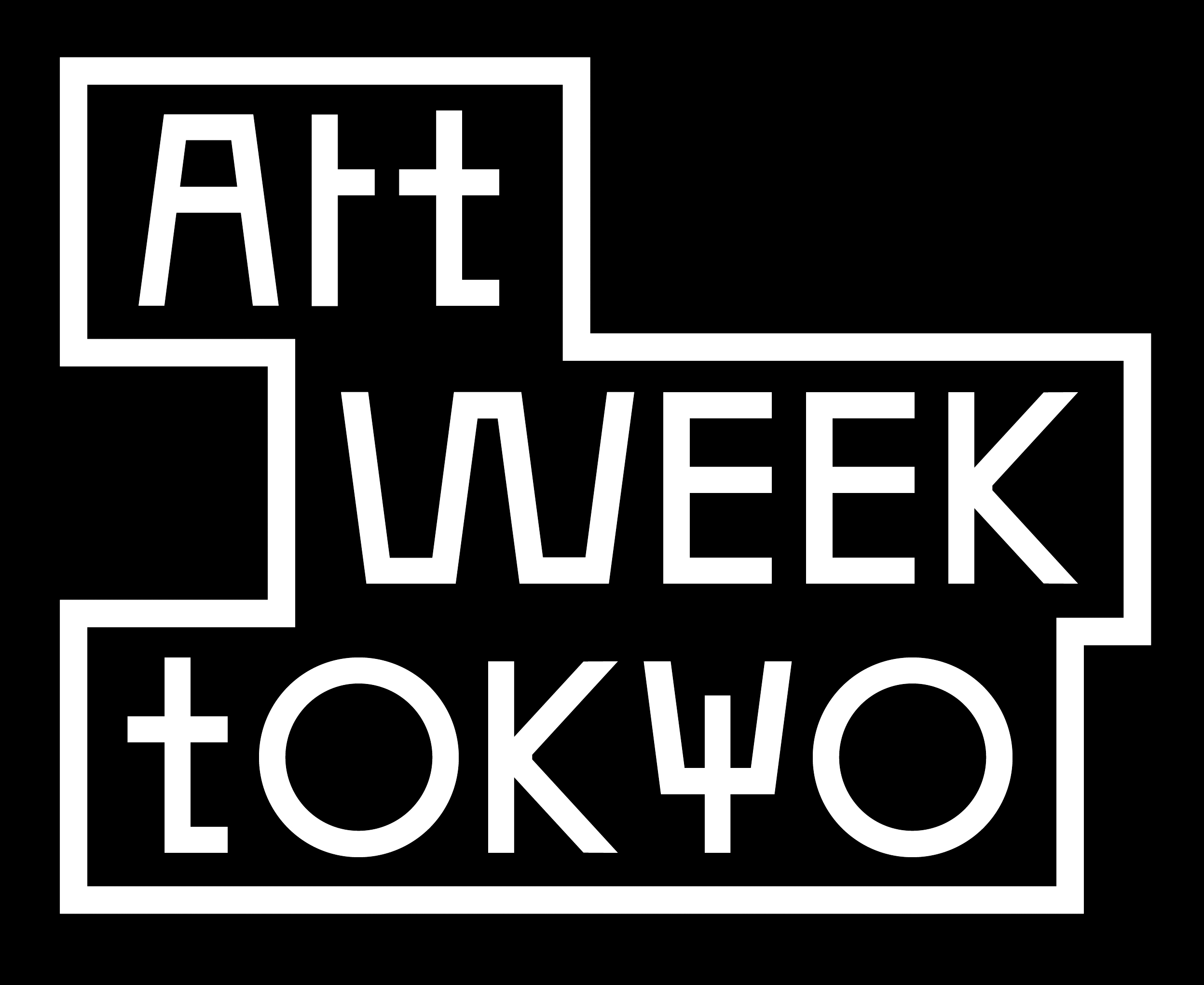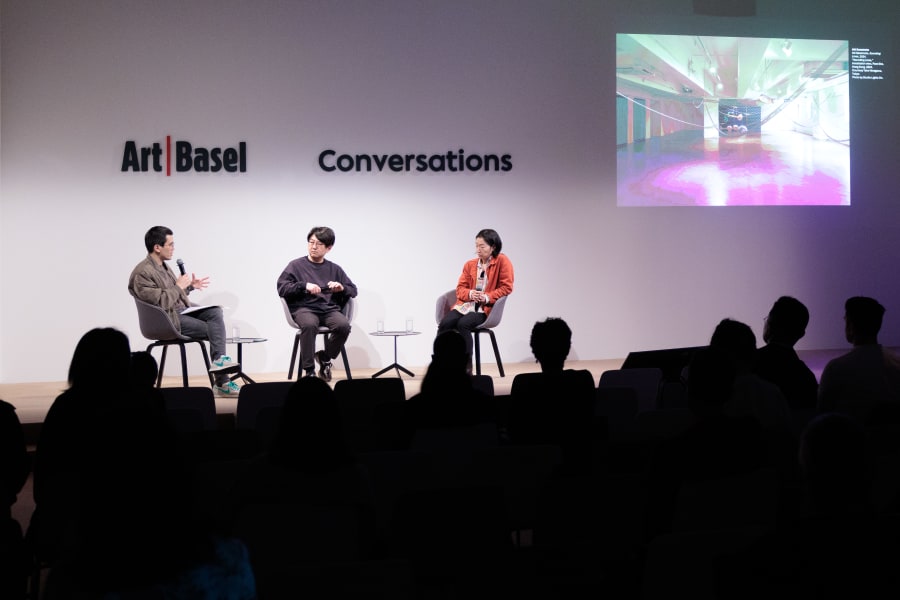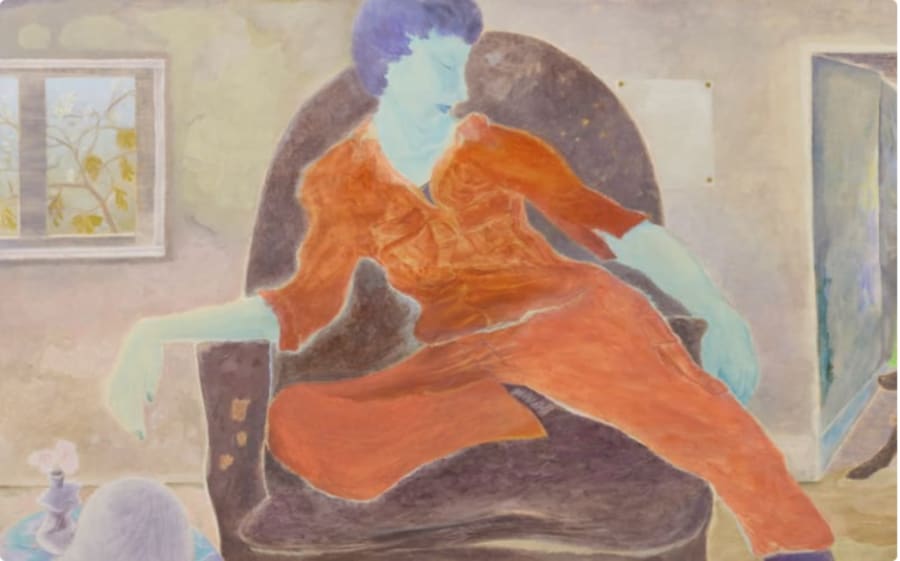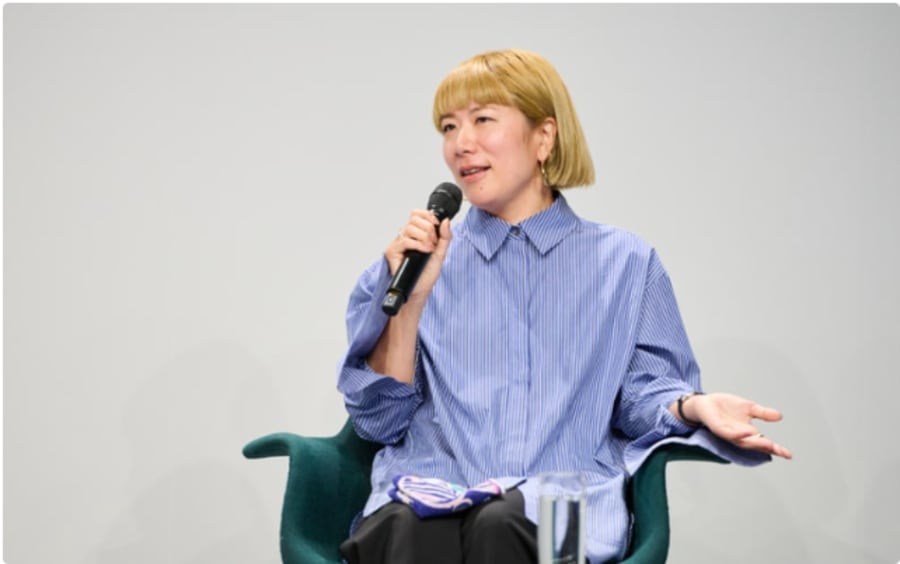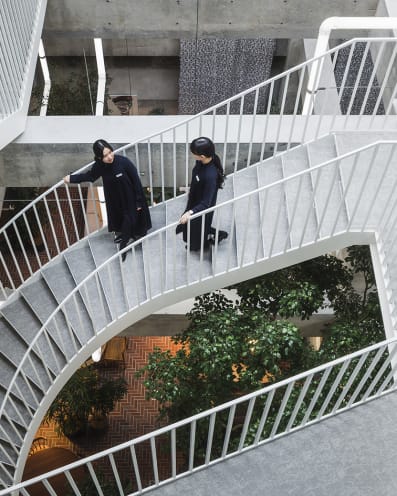
Art Week Tokyo's 2025 edition spotlights a globally connected arts community
November’s citywide showcase invites visitors to explore the best of contemporary Japanese art

Art Week Tokyo's 2025 edition spotlights a globally connected arts community
November’s citywide showcase invites visitors to explore the best of contemporary Japanese art

Art Week Tokyo's 2025 edition spotlights a globally connected arts community
November’s citywide showcase invites visitors to explore the best of contemporary Japanese art

Art Week Tokyo's 2025 edition spotlights a globally connected arts community
November’s citywide showcase invites visitors to explore the best of contemporary Japanese art

Art Week Tokyo's 2025 edition spotlights a globally connected arts community
November’s citywide showcase invites visitors to explore the best of contemporary Japanese art
By Jianru Wu
Art Week Tokyo celebrates its fourth edition this November, returning November 5–9 after a widely acclaimed 2024 edition that brought together 53 institutions and galleries and drew more than 50,000 visitors. Art Basel has been a collaborator since the event’s foundation in 2021, bringing global attention to the Japanese capital’s thriving contemporary art ecosystem. Over the past four years, the annual showcase has established itself as a dynamic platform that reimagines Tokyo’s art landscape through a decentralized, citywide format. Free shuttle buses connect museums, galleries, and other art spaces, while signature programs like AWT Focus and AWT Video and a slate of talks and symposia foster both critical dialogue and public engagement. Blending the formats of biennials, art festivals, and art fairs, Art Week Tokyo has cultivated a more accessible and porous art ecology—one that reflects the city’s diversity and creativity while challenging long-held perceptions of exclusivity within Japan’s art world.
Art Week Tokyo’s commitment to community engagement is central to its mission. As Atsuko Ninagawa, its cofounder and director, reflects: ‘Art Week Tokyo is only as strong as the community behind it. One of the principles that we established at the start was that all galleries would participate for free. This creates more of a level playing field between established and emerging galleries and gives all of the spaces the flexibility to put on the shows they want to represent their programs without having to be overly concerned about sales. The idea is that the drawing power of Tokyo’s institutions and established galleries will provide visibility to the emerging venues and help foster the next generation of artists and art professionals here.’ Ninagawa adds that, over the years, ‘it’s been great to see the participating institutions and galleries buy into the event. They now schedule their best exhibitions to coincide with Art Week Tokyo.’
Beyond immersing audiences in the city’s art ecology, Art Week Tokyo has cultivated a stronger sense of community among the galleries. As Jeffrey Rosen, director of Misako & Rosen, notes, ‘Art Week Tokyo has and will continue to make our community more accessible to an international audience. The AWT Focus exhibition in particular has gone some way towards disarming common fears that visitors do not have a context for understanding contemporary Japanese art. Having an opportunity to get a broad view, contextualized within an exhibition, has helped open a wider audience to the possibility of engaging contemporary Japanese art beyond a tentative, cursory approach. That, of course, is a two-way street, as we are also thinking about what we are able to contribute to help strengthen the context.’
This year’s edition once again features more than 50 participating institutions and galleries, from the historic Tokyo Gallery + BTAP and SCAI The Bathhouse, to key players from the 1990s such as Taka Ishii Gallery, Tomio Koyama Gallery, Gallery Koyanagi, and Taro Nasu. Galleries established in the 2000s – like Misako & Rosen, Mujin-to Production, Nanzuka Underground, Take Ninagawa, and Takashi Murakami’s Kaikai Kiki Gallery – will also return. The young galleries that were founded in or after 2010 include Waitingroom, Hagiwara Projects, Kana Kawanishi Gallery, Kosaku Kanechika, and Leesaya. New participants this year include space Un, a gallery dedicated to contemporary art from Africa and the African diaspora, whose debut exhibition during Art Week Tokyo will be curated by Ekow Eshun.
AWT Focus continues to serve as a curated exhibition and sales platform at the heart of the event. This year’s edition, curated by Adam Szymczyk, is titled ‘What Is Real?’, a theme that addresses today’s crisis in media perception and global uncertainty. ‘“What Is Real?” seems a good, simple question to ask today,’ Szymczyk says. ‘A loss of reality, of the sense of belonging somewhere, is a global contemporary malaise. An irreality of superficial communication mediated and produced by its technical means – a form of control each of us must internalize – has induced an omnipresent doubt in each person’s capacity to effect change. I am trying to look into manifestations of the real in a selection of both historical and 21st-century artworks. I see them as actions, or modest calls to action.’ In line with this thinking, Szymczyk has chosen artists ranging from postwar avant-garde painter Saori Akutagawa (Madokoro) to Provoke photographer Yutaka Takanashi and emerging video artist Yuki Iiyama for his exhibition.
In parallel, the Museum of Contemporary Art Tokyo will present ‘Aki Sasamoto’s Life Laboratory’, the first mid-career retrospective of the New York–based Japanese artist, covering works from 2005 to 2025. ‘By incorporating improvisational elements into her artistic practice, Sasamoto has created a unique visual language that challenges conventional notions of sculpture and performance,’ notes the curator Keiko Okamura, who will also curate AWT Video this year. The exhibition will include 15 works in various media, five major installations accompanied by live performances, and the premiere of Sasamoto’s newest project. ‘Sasamoto is both the object of observation and the researcher in search of clues to understand “life,”’ Okamura adds.
Another major exhibition highlight, ‘Prism of the Real: Making Art in Japan 1989–2010’, organized in partnership by the National Art Center, Tokyo, and M+ in Hong Kong, offers a critical survey of recent Japanese contemporary art, beginning from the end of the Showa era (1926–1989). The exhibition examines the practices of more than 50 artists from Japan and abroad to reflect on the intersections of memory, identity, and social transformation during the early decades of globalization. As Doryun Chong, Artistic Director and Chief Curator of M+, explains, "these two decades are just enough a distance away for us to have some level of objectivity," while still being "a critical time within Japan and outside Japan—in the sense that it was a time of accelerating globalization, which created different opportunities for exchange and artmaking." Chong positions the collaboration as "a meaningful perspective we can offer to the discourse of Japanese contemporary art."
In addition, ‘The Architecture of Sou Fujimoto: Primordial Future Forest’ at the Mori Art Museum presents a major solo presentation of the celebrated architect, best known for his ethereal 2013 Serpentine Pavilion in London. The first comprehensive survey of Fujimoto’s career offers visitors the chance to experience the architect’s creative philosophy through immersive installations, large-scale models, and prototypes that transcend traditional architectural presentations.
Espace Louis Vuitton Tokyo is also participating for the first time this year, joining longstanding corporately sponsored art venues such as the Shiseido Gallery and Ginza Maison Hermès Le Forum. These kunsthalle-like venues function as agile and autonomous platforms for both Japanese and global artists. Meanwhile, the AWT Bar – designed by an emerging architect under the guidance of Kazuyo Sejima from the Pritzker prize-winning firm SANAA – returns to Minami-Aoyama as a nexus of conviviality and experimentation, and a new visual identity by the designer Yuri Uenishi frames Art Week Tokyo’s growing international profile with a fresh typographic approach.
Art Week Tokyo 2025 invites everyone to navigate, witness, and reflect: not just on what Tokyo’s art scene offers now, but what it is becoming. For international visitors and first-time attendees, this is a rare chance to encounter emerging artists, overlooked narratives, and independent spaces that define Tokyo’s current cultural imagination.
Art Week Tokyo runs from November 5–9, 2025, at more than 50 participating galleries, museums, and art spaces across the city. Highlights include AWT Focus at the Okura Museum of Art, AWT Video in a special pavilion in Marunouchi, AWT Bar serving artist cocktails and edible creations in a space designed by an emerging architect, and AWT Talks, including a symposium and online events. Discover more here.
Art Week Tokyo is organized by Japan Contemporary Art Platform in collaboration with Art Basel, with support from Japan’s Agency for Cultural Affairs. Art Week Tokyo’s infrastructural development initiative, the Art Week Tokyo Mobile Project, is co-organized by the Tokyo Metropolitan Government and the Art Week Tokyo Mobile Project Organizing Committee.
Jianru Wu is an arts writer and curator whose work has appeared in Artforum, Ocula, and ArtReview. Her writing explores the intersections of feminism, technology, and institutional practice in contemporary art.
Caption for top-image: Sou Fujimoto, Shiroiya Hotel, 2020 . Gunma, Japan. Photo by Tanaka Katsumasa. Courtesy the Mori Art Museum.
Published on May 28, 2025.
